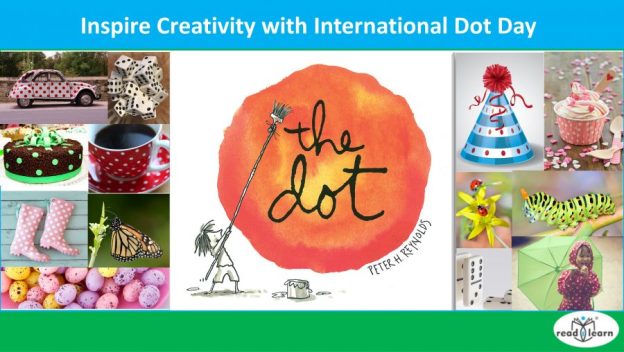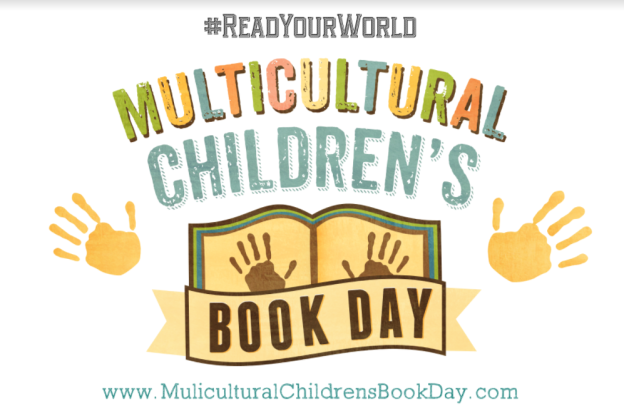
This week at the Carrot Ranch, Charli Mills challenged writers to In 99 words (no more, no less), write a story that is optimistic. Feel free to explore optimism in all its forms from a positive mindset to toxic positivity. Is it a heartfelt story or a devious one? So much wiggle room for the optimistic writer. Go where the prompt leads!
In her article, Charli linked to another on Positive Psychology called Positive Mindset: How to Develop a Positive Mental Attitude.
The article includes this definition from Kendra Cherry at Very Well Mind:
“[P]ositive thinking actually means approaching life’s challenges with a positive outlook. It does not necessarily mean avoiding or ignoring the bad things; instead, it involves making the most of the potentially bad situations, trying to see the best in other people, and viewing yourself and your abilities in a positive light.”
The article goes on to list some of the traits of a positive mindset, many (most) of which we encourage in young children. These traits of a positive mindset are often the building blocks for success in life. They include:
Being optimistic and having a go rather than being defeatist and not even trying.
Accepting that things don’t always work out and being willing to learn from what eventuated.
Being strong and resilience when things don’t work out.
Being grateful for all the good things in life.
As a teacher of young children and an aspiring picture book author (I’m optimistic), I know that things don’t always work out as I’d hoped, but I am resilient and never give up, being grateful for the people and opportunities I have in my life.
As both teacher and writer, I always try to respond to Charli’s prompts with children in mind, either as subject or audience or both. This is my optimistic story. I hope you enjoy it.
Building Blocks
Clare’s tower was almost the tallest she’d ever made. One more block would do it.
Harry accidentally backed into it and sent blocks flying.
“Sorry,” said Harry.
“It’s okay. I can build it again. Wanna help?”
“Sure.”
“We need a bigger base. That one was getting wobbly anyway.”
“Let’s go as high as the roof,” said Harry.
They carefully placed the blocks and soon had to stretch on tiptoes.
Clare stood on a chair. Harry passed the blocks.
“We’re outa blocks,” said Harry. “It won’t reach the roof.”
“Let’s build on the table,” said Clare. “It’ll reach the sky!”

Thank you for reading. I appreciate your feedback. Please share your thoughts.

Note: The collection of stories made in response to the previous prompt Lady Shadows, including mine, can be read at the Carrot Ranch.




























